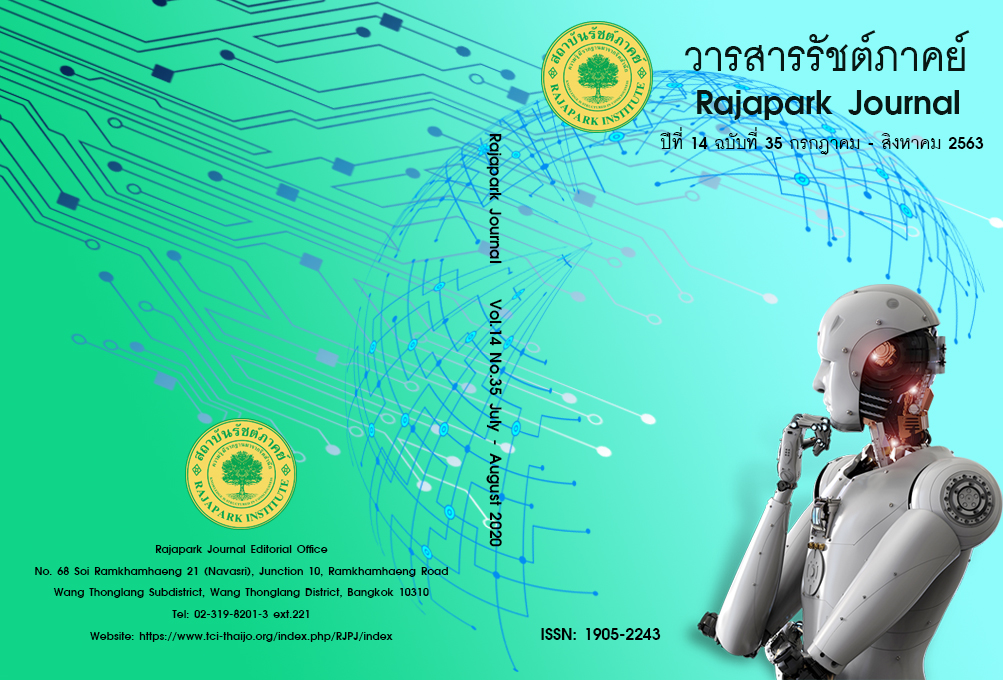Models and guidelines for preventing corruption in Thai government agencies
Main Article Content
Abstract
Thailand has had corruption in government agencies for a long time. To eliminate corruption, it is necessary to know the factors that cause it. This article has been compiled the factors that cause corruption, divided into 1) key participants, including merchants, civil servants, politicians and the public; and 2) Various models causing corruption such as corrupt tree, factors causing corruption, stability and strength of the participants, the root of corruption, key factors why corruption suppression is not as successful as it should be, the relationship between participants and interpersonal bonding force, participants and their behavior. Moreover, the author has suggested the prevention of fraud and ways to reduce corruption in government agencies such as looking at the problem deep down to the root to solve all the problems as well as choosing a person to suppress must be someone who deeply understands the problem of corruption, decisive in working and sets up intensive measure in accounting and tax to audit companies transacted with government, issuing a new banknote of 1,000 Baht and canceling the old banknote. If Thailand can suppress or reduce corruption, the government will have the full budget as it should be to allocate to develop the country.
Article Details
Views and opinions appearing in the Journal it is the responsibility of the author of the article, and does not constitute the view and responsibility of the editorial team.
References
Bardhan, P. (1997). Corruption and Development: A Review of issues. Journal of Economic Literature, 35, 1320-1346.
Goudie, A., & Stasavage, D. (1997). Corruption: The Issues, OECD Development Centre Working Papers, No. 122, OECD Publishing, Paris, https://doi.org/10.1787/623840765428.
Gray, C. W., & Kaufmann, D. (1998). Corruption and development. Finance and Development, 35(1), 7-10.
Groenendijk, N. (1997). A principle agent model of corruption, Crime Law and Social Change, 27, 207-229.
Jayawickrama, N. (1998). Corruption-a violation of human rights. (TI Working Paper), Transparency International, Berlin and London.
Office of Public Sector Anti-Corruption Commission. (2020). Report of the case file of the PACC. Monthly March 2020. Retrieved April 15, 2020, from http://www.pacc.go.th/index.php/home/view_content/45/4565
Office of the Royal Society. (2011). Royal Institute Dictionary 2011. Retrieved February 1, 2020, from http://www.royin.go.th/dictionary/
Ratamarit, U. (2001). The research report on solving corruption in the political system and Thai government Circle. Bangkok: Secretariat of the House of Representatives.
Ratthaprasert, K., Nakata, T., & Kerdwichi, R. (2014). Corruption in the Thai Bureaucracy: Synthesis of Knowledge approach to the solutions from Leaders and very important persons of Thailand. Journal of Huachiew chalermprakiet University, 18(35), 61-74.
Transparency International, (2017). Country data: Corruption Perceptions Index. Retrieved February 12, 2020, from https://www.transparency.org/en/countries/thailand


